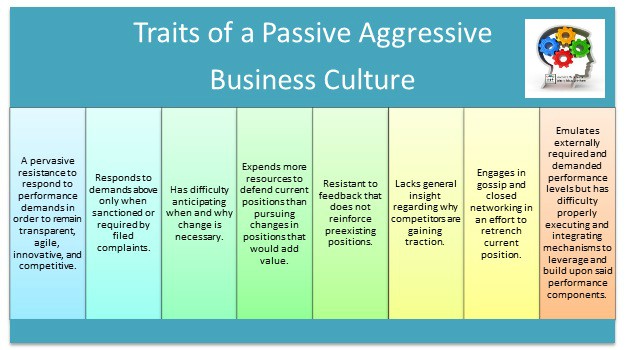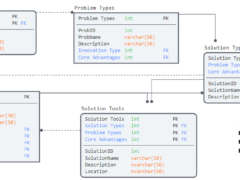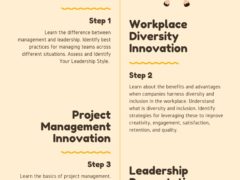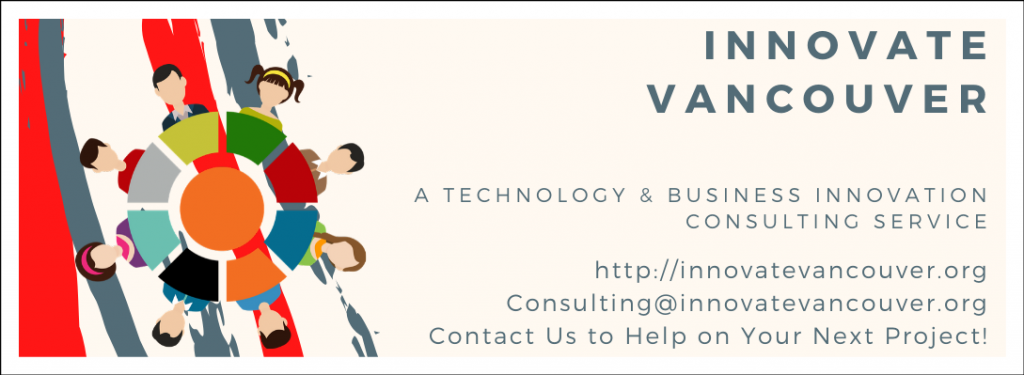A passive aggressive business culture (PABC) is a challenge for stakeholders, leaders, employees, and their customers. The American Psychological Association (APA) does not recognize a diagnostic category for passive aggressive personality disorder (PAPD) in the DSM-V. However, the construct yields some utility when evaluating a company’s competitive fit within its industry. A business’ resistance to growth and development can result from active mechanisms. Passive mechanisms also contribute to the resistance to the acquisition of competitive competencies.

Diagnosis:
Diagnosing a passive-aggressive business culture is aided by the research criterion suggested for PAPD by the American Psychological Association (adapted):
Challenges:
When the business conditions for a passive aggressive business culture are present, feedback mechanisms are often underdeveloped. Feedback mechanisms are often underdeveloped. Projects, programs, and initiatives are produced without proper oversight and evaluation. The regulatory, legal, and contractual obligations are not fully integrated within the larger performance framework. Power is emphasized over that of competent oversight and leadership.
Competition Issues:
Mechanisms that are indicative of a passive aggressive business culture are both defensive and often mitigate organizational learning. Networks that reinforce existing assumptions frequently mitigate insight and innovation. Norms that entrench an informal status quo frequently mitigate agility and responsiveness.
Commitments that emphasize fitting in frequently mitigate dynamic analysis and creative out of the box thinking. Gossip, norms, and networks that reinforce the herd mentality (see Nietzsche for further clarification of this construct) mitigate constructive dialogue, agile leveraging of existing assets and information, and strategy execution across geographic, functional, and corporate boundaries
The DNA of Competition:
The DNA of the company determines how resources are allocated, prioritized, rationalized, and leveraged. The competitive competencies of corporate learning, agility, innovation, and dynamic analysis require a corporate infrastructure. This infrastructure integrates culture, strategy, and human action. When these three pieces do not focus on the external environment, the company loses its competitive edge. Instead, they focus on the internal environment. This focus aims to protect current positioning and mitigate perceived risks.
Corporate Culture:
The company’s ability to overcome the unhealthy mindsets, networks, norms, and commitments that mitigate agility, responsiveness, and performance obligations (regulatory, legal, and contractual) will depend on its ability to recreate the corporate culture. The corporate culture represents the means through which information, relationships, resources, and strategies are leveraged.
The company’s culture and strategy must be aligned in order for the unhealthy mindsets, norms, and commitments to be unlearned. It only takes one key figure in the leadership team to mitigate corporate efforts. Change management efforts that address the environment, culture, and infrastructure is just the beginning. Unlearning of ineffective mindsets, networks, norms, and commitments is also necessary.
Building Employee Satisfaction into Company Systems
The issue needs to be explored for employee satisfaction to represent a true company competitive advantage. It is important to assess if these supported advantages match the competitive advantages of the company’s competitor. They should be equal to, if not better than, the competitor’s strengths. This can be easily evaluated by checking if the company’s employees are successful in the industry after leaving. If they are not, the strategic initiatives should be revaluated. This is important because the company’s employees represent a key competitive advantage. They are particularly crucial in the knowledge and service industries. However, they are being rejected by the company’s competitors.
When the value of employee satisfaction is not harnessed, competitors are likely to seize the opportunity. For this reason it is critical that companies are emphasizing employee satisfaction in tandem with development, training, and growth. A company that attempts to develop employee key competencies without focusing on the employee’s satisfaction is leveraging resources inefficiently. It is also likely producing outcomes that are rivaled by the teams of the company’s competitors.
“Opportunities to improve employee satisfaction can arise frequently. If one company doesn’t leverage them within a framework of competency development, these opportunities become available to the competition. These opportunities require no strategic action by the competitors. This remains true whether the missed opportunity is accidental (i.e., the need was not identified) or intended (i.e., the employee’s development was ignored).”
Business Consultant


The competitiveness of the company’s satisfaction and competency development framework can be determined by comparing a combination of the following metrics: employee satisfaction ratings, customer satisfaction ratings, retention rates (employee & customer/ desired vs. actual), and your company’s financial metrics.
The fact that employee satisfaction metrics are associated with employee financial performance measures is important. Companies, their departments, and designated leadership must leverage existing resources. This will effect positive changes that impact these measures. Internal satisfaction rates impact external satisfaction rates. This means that companies must focus on internal satisfaction metrics to leverage higher external satisfaction metrics.
Employee competencies require a competitive corporate framework to develop, support, and grow. They are only sustainably developed in an environment where employee investment, motivation, and relationships are built. The framework upon which this is built requires integrated strategic initiatives. These initiatives emphasize executing resources, providing trainings, offering mentoring, fostering leadership, and creating opportunities. These opportunities enable the company’s employees to meet their professional and personal interests. Aligning these integrated strategic initiatives with the company’s mission, vision, and strategic goals supports their success.
How is your company addressing passive aggressive traits in the business culture?
Travis Barker, MPA GCPM
Innovate Vancouver
Innovate Vancouver is a Technology and Business Innovation Consulting Service located in Vancouver, BC. Contact Innovate Vancouver to help with your new project. Innovate Vancouver also gives back to the community through business consulting services. Contact us for more details.
Resource:
Diagnostic and Statistical Manual of Mental Disorders, 5th Edition: DSM-5 5th Edition. (2013). Arlington, VA: American Psychiatric Publishing.
Sung, G., & Neilson, G. L. (2013, August 16). Is Your Organization Passive-Aggressive? Retrieved June 21, 2017, from https://www.strategy-business.com/blog/Is-Your-Organization-Passive-Aggressive?gko=ed975




